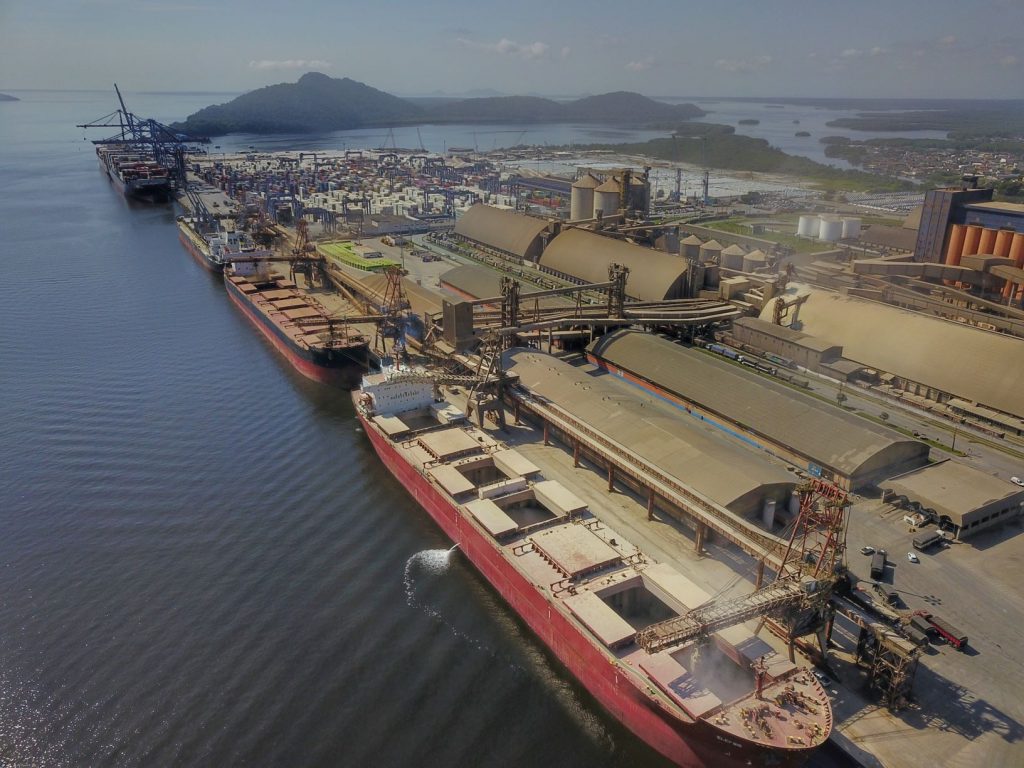Rio de Janeiro – The Brazilian Foreign Trade Association (AEB) reported this Wednesday (17) that it revised its 2019 trade balance estimates, which it had originally released last December. Its trade surplus forecast moved up from a prior USD 32.7 billion to USD 52.2 billion. The new forecast is down 10.9% from 2018 numbers.
Whole-year exports are now expected to amount to USD 223.7 billion, which is 6.7% less than in 2018. The imports forecast slid from USD 186.3 billion to USD 171.5 billion, down 5.4% from the 2018 result.
AEB chairman José Augusto de Castro noted that total foreign trade is expected to be USD 395.266 billion this year, which would fall short of last year’s USD 421.114 billion and a far cry from 2011’s all-time high USD 482.292 billion. “What spurs economic activity isn’t the surplus, but foreign trade itself. Whenever it slumps, economic activity cools off,” he said.
According to the association, a few “surprises” have contributed to the downward revision in foreign trade figures. One of them was mining company Vale’s dam burst in Brumadinho (MG); the China-USA trade war; the Argentina crisis, which deteriorated further this year; Brazil’s Gross Domestic Product (GDP), whose expected yearlong growth moved down from an earlier 2.5% to 0.8%; and China’s economic, which is poised to grow less than in previous years.
“That scenario helped make commodity prices fluctuate. In Brazil’s case, those moved down more than they moved up,” said Castro. He pointed out that swine fever in China had an impact on meat and soy exports from Brazil.
According to Castro, commodities continue to make up the bulk of exports from Brazil, instead of higher value-added finished goods. Foreign sales of the latter are expected to fetch some USD 79 billion this year, which is beneath 2007 levels. “That’s a very low figure. Sadly, that’s really poor performance,” he said.
Translated by Gabriel Pomerancblum




